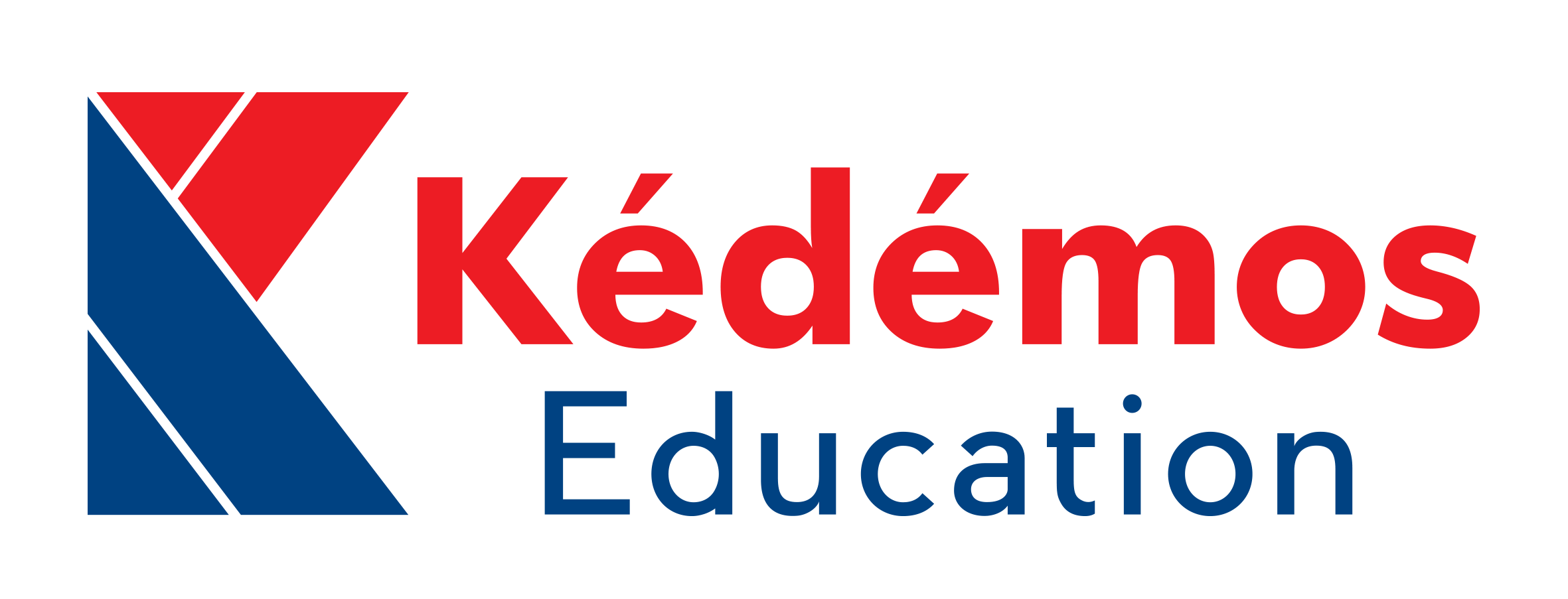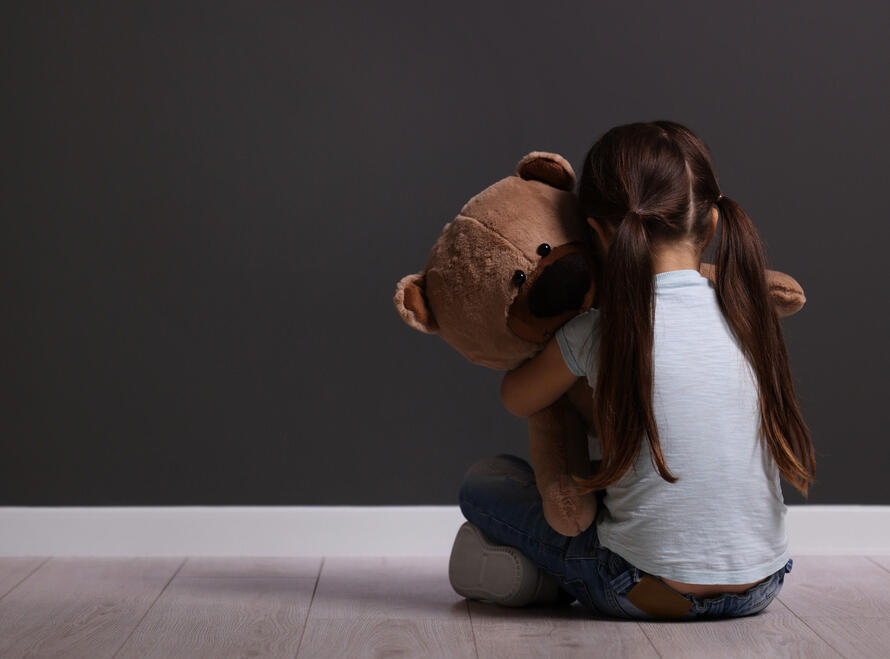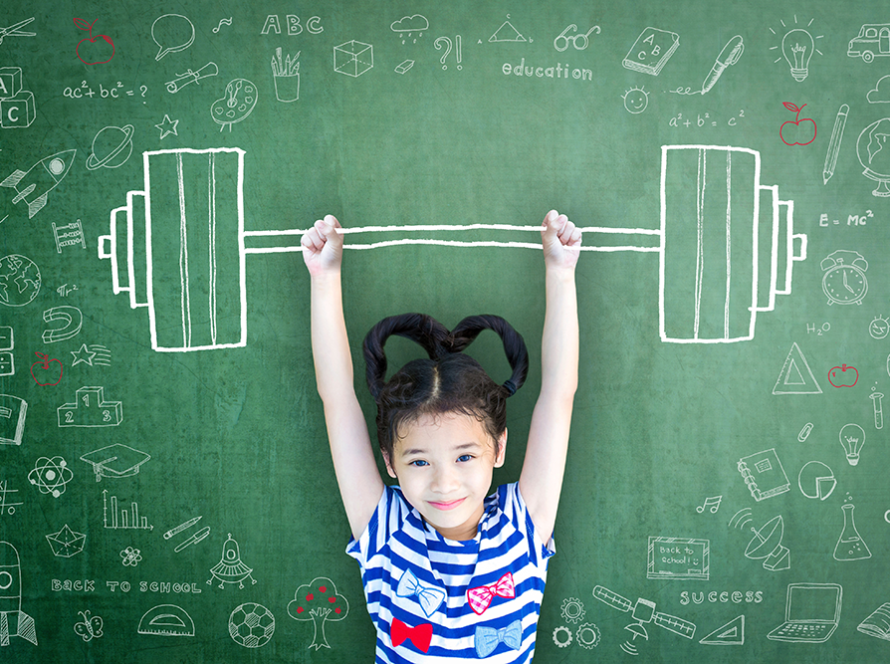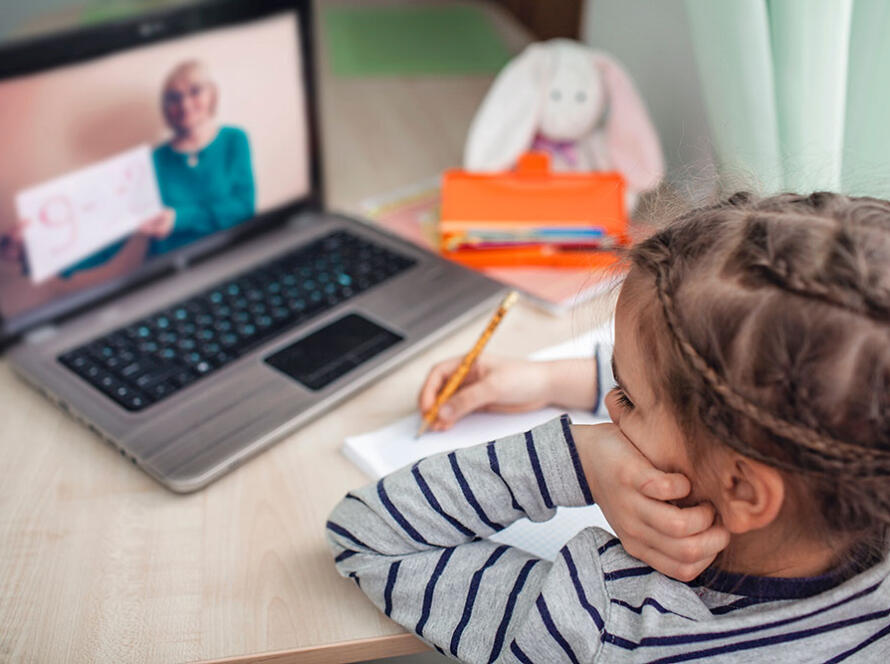Being a parent, with its ups and downs, is a beautiful journey that lasts a lifetime. Within that journey, the chosen parenting style can significantly impact a child’s development. The ultimate goal for parents is for their child to become a happy, healthy, and well-adjusted individual. To that end, we discuss in this article two popular parenting styles: modern and traditional parenting. Both of these are good options, and can help ensure children are:
- Healthy;
- Feeling secure;
- Following a certain set of values and principles;
- Prepared for adulthood.
But these two parenting styles also differ in their philosophies, methodologies, and approaches. Below, we illustrate the key principles of each type, shedding light on the contrast between their respective strengths and potential challenges.
Modern Parenting VS. Traditional Parenting
Modern parenting is usually associated with gentler parenting, a style said to be rooted in empathy and understanding. It is child-centered and places the emphasis on flexibility, feelings, and emotions. What only a few people know is that modern parenting is actually an adaptation of the authoritative form of parenting, which is a traditional parenting style. The difference is that it accommodates the ever-progressing world we live in, especially due to technology. While the authoritative parenting style can be thought to be overly strict, the reality is that it is quite similar to the modern style. The difference is that here, parents can be more rigid with their children.
*This article tackles the differences between modern parenting and the authoritative style of traditional parenting. However, it is important to note that traditional parenting also encompasses three other styles: the authoritarian style, the permissive style, and the uninvolved style. In the interest of conciseness, we do not delve into the differences of all the parenting styles in this article.
Positive Discipline or Structured Environments in Traditional and Modern Parenting
The term positive discipline is often associated with modern parenting. It entails that a supportive and understanding environment is necessary for children to thrive. Focused on communicating and guiding, modern parenting aims to nurture stronger parent-child bonds by gently redirecting negative actions. Parents try to find opportunities for their children to learn from their mistakes through discussions. On the other hand, traditional parents lean on a structured environment. They value order and predictability. Here, parents are authority figures, and a clear family hierarchy is maintained. While this style focuses on developing the child’s sense of responsibility, the modern parenting style promotes autonomy and independent thinking.
Teaching Empathy, Understanding, and Resilience
Teaching empathy and understanding is the guiding light in the realm of modern parenting. In this approach, parents prioritize tuning into their child’s emotions and experiences. They seek to comprehend the world from their perspective and to develop in their young ones a strong sense of self-worth. They try to instill a profound understanding of the importance of empathy when interacting with others. In contrast, teaching resilience is a core element of traditional parenting. It is a way of thinking that pushes the child to face difficulties head-on. This emphasis reflects a conviction that individuals must learn to cope with setbacks and adversity at an early age. Nonetheless, both approaches aim to provide guidance and support to children, giving them necessary tools to thrive in adulthood.
Open Communication VS. Clear Authority in Traditional and Modern Parenting
Creating a climate where children feel valued and heard, open communication stands as the cornerstone of modern parenting. In this approach, parents prioritize a strong connection with their children by promoting trust and mutual understanding. Modern parenting promotes a sense of security and confidence in children, as much as it emphasizes validating and acknowledging their feelings, even when they differ from the parent’s perspective. Inversely, clear authority is a fundamental principle in traditional parenting. While it also encapsulates communication, it embodies a structured and hierarchical approach. Through this form of authority, parents aspire to instill discipline, respect, and a sense of order within the family unit. Though this approach may limit the opportunities for open dialogue and negotiations, it sets boundaries between parents and children, while teaching the latter humility.
Gaining Independence: Consistent Boundaries or a Gradual Achievement?
Setting boundaries in modern parenting requires the balancing of offering guidance to children and respecting their autonomy. This approach emphasizes clear and consistent communication about expectations. Thus, by involving their children in decision-making, modern parents show them that they respect their perspective. They make it clear that the boundaries set are a form of mutual agreement rather than imposed restrictions. On the other hand, gradual independence is usually found in traditional parenting. This process is marked by specific rites of passage or milestones and aims at framing the child within established societal norms. Traditional parents thus guide their children through a structured increase of responsibility that gradually renders them more autonomous.
All in all, both the modern and the traditional parenting styles encourage children to learn essential life skills and cultural values. Further, they both recognize that boundaries are an important tool that serves as a protective framework, offering children a sense of security.
Finding a Balance Between Traditional and Modern Parenting
Ultimately, there is no right or wrong answer. Opting for the traditional or modern parenting style depends on various factors, including the child’s temperament, cultural influences, and the family’s values. It is essential to note that these parenting styles are not mutually exclusive: many parents adopt a hybrid approach that incorporates elements from both. The important thing is to find the balance between the individual needs of the child and the family’s values. Finding that balance is what will lead to dynamic and effective parenting, not the parenting style per se. Moreover, parents might try to adopt a parenting style and realize they have unfavorable results. In that case, it is always a good idea to keep an open mind: perhaps a different parenting style might better serve your needs, your child, and your family.
In a Nutshell
Parenting is an active journey with no one-size-fits-all solution. Both modern and traditional parenting bring forth advantages and disadvantages. Ultimately, neither is better or worse. At the end of the day, being a parent requires adaptability and responsiveness. The goal remains the same: the well-being and the positive development of the child. Whether parents find that balance in modern or traditional parenting, or a mix of both, they should always stay tuned to their child’s needs, worries, and fears. In conclusion, parenting is, indeed, an endless journey of learning, adaptation, setbacks, and wins, that are all in the hearts of every home.








